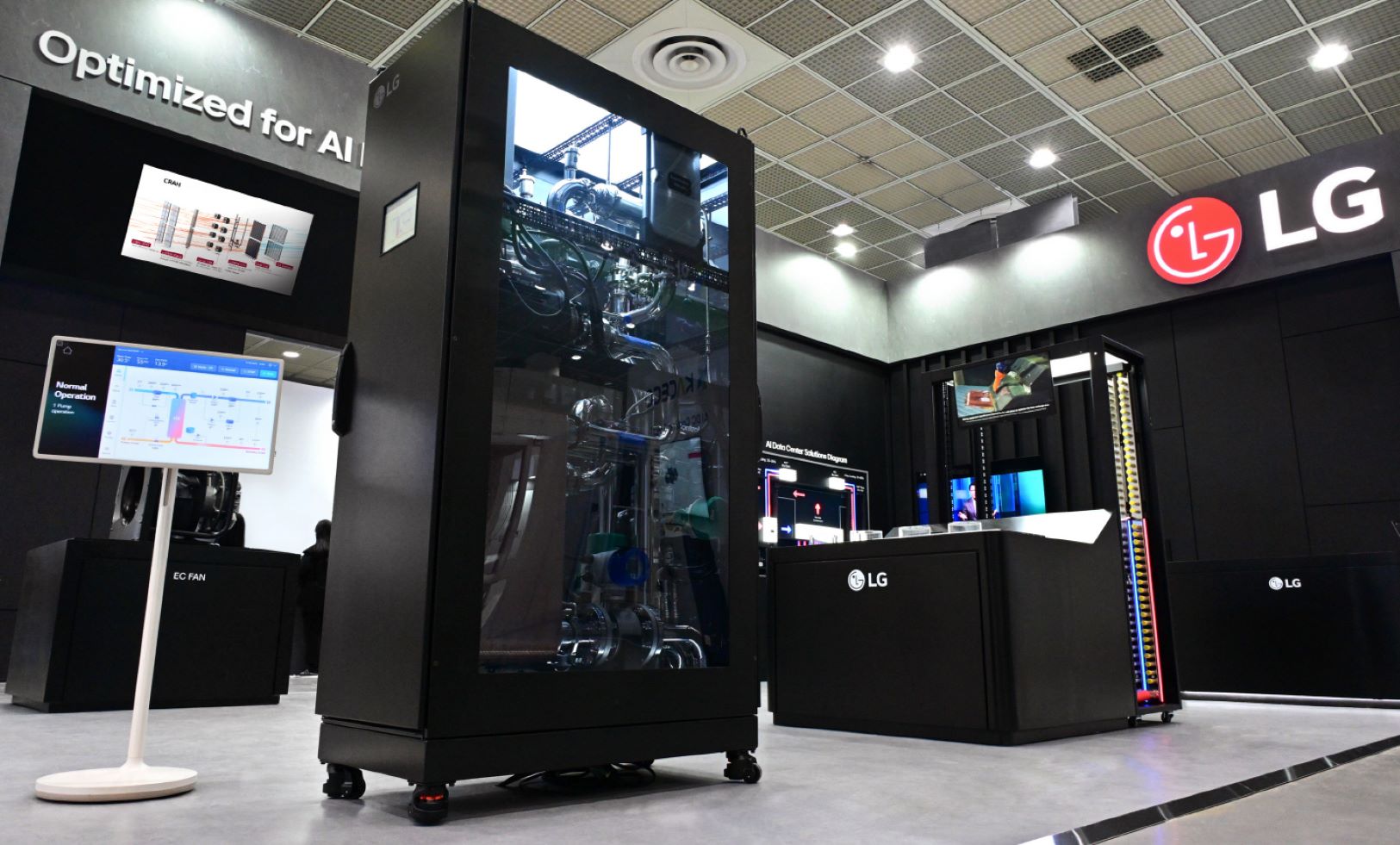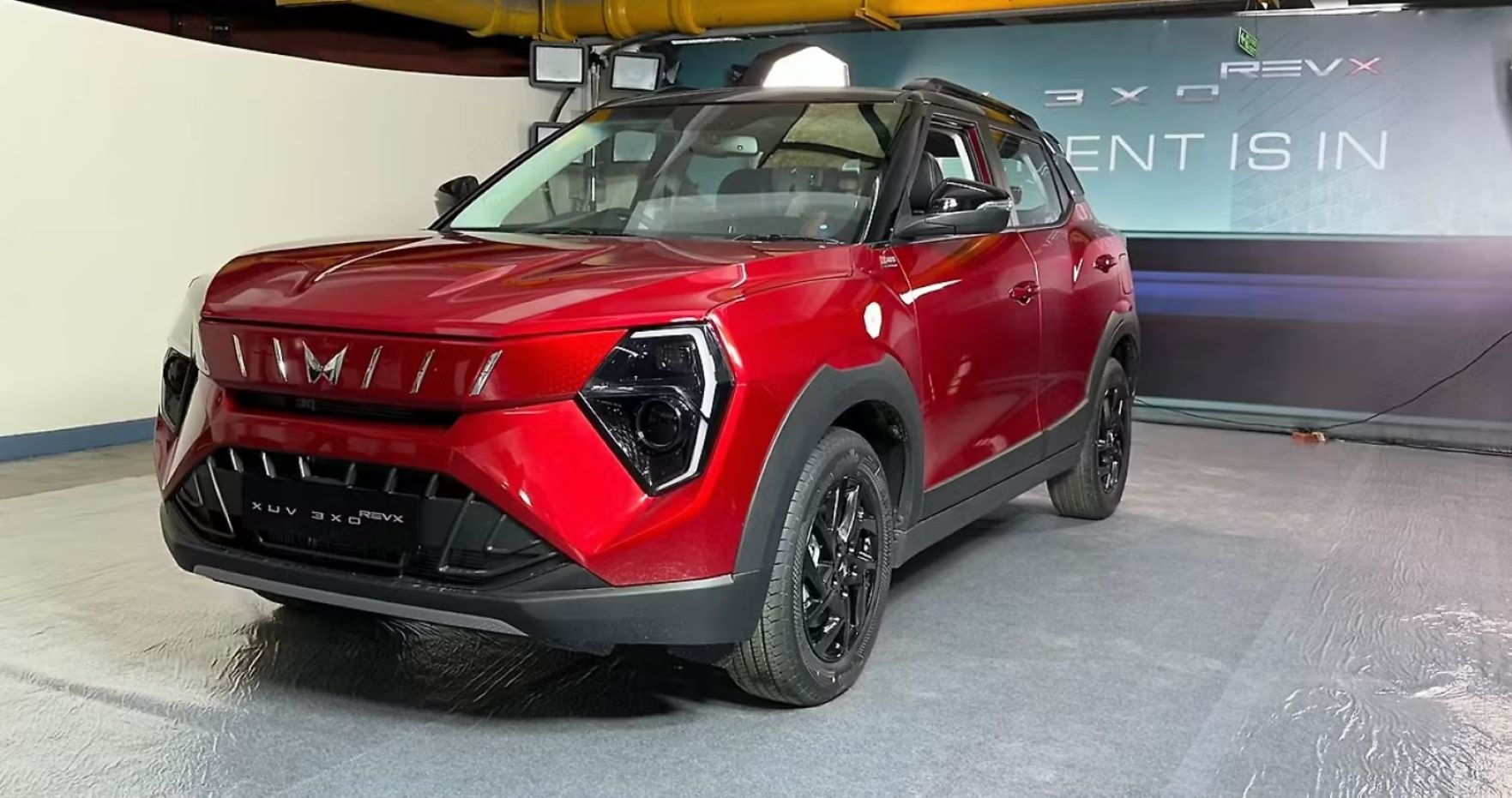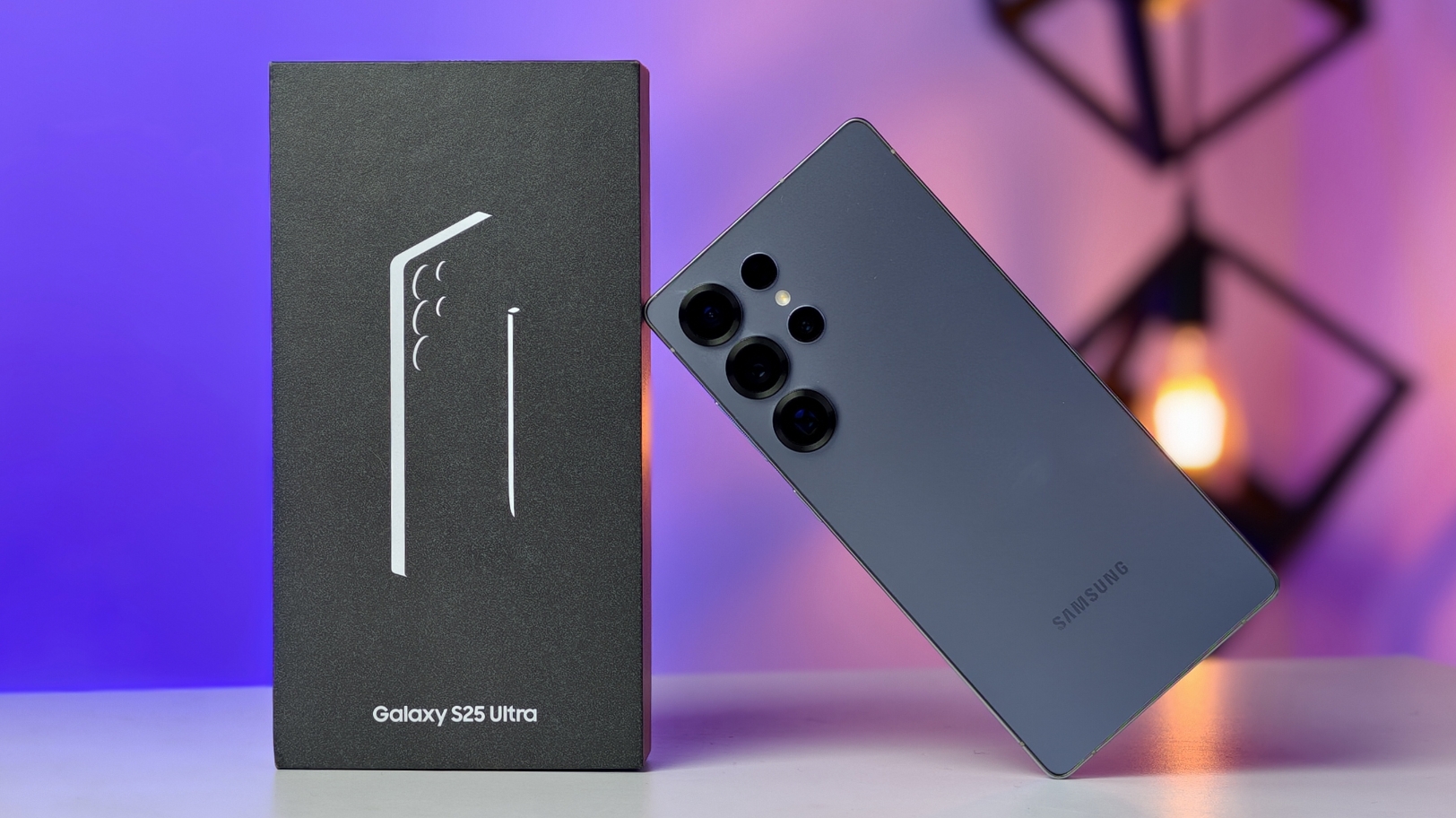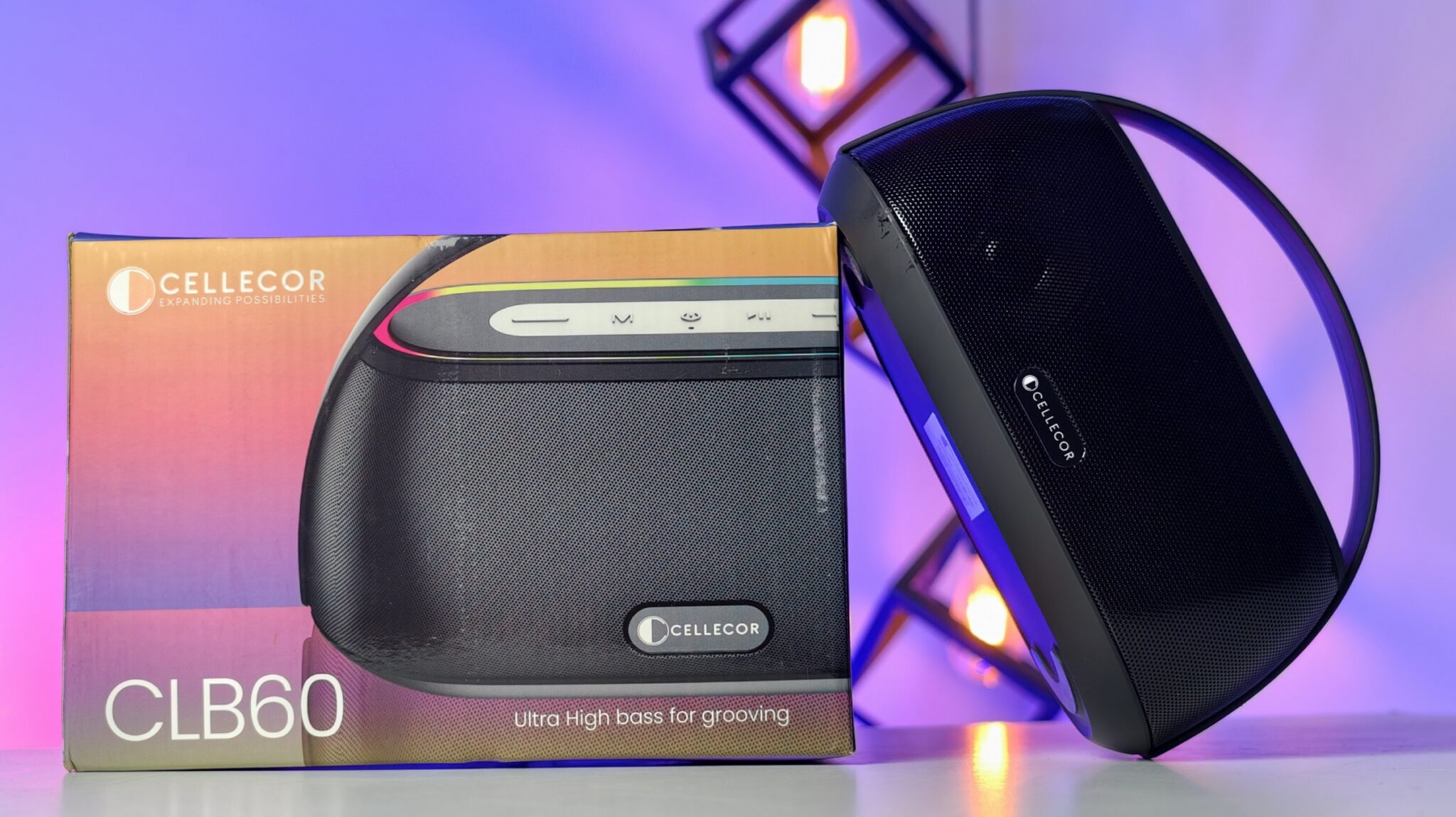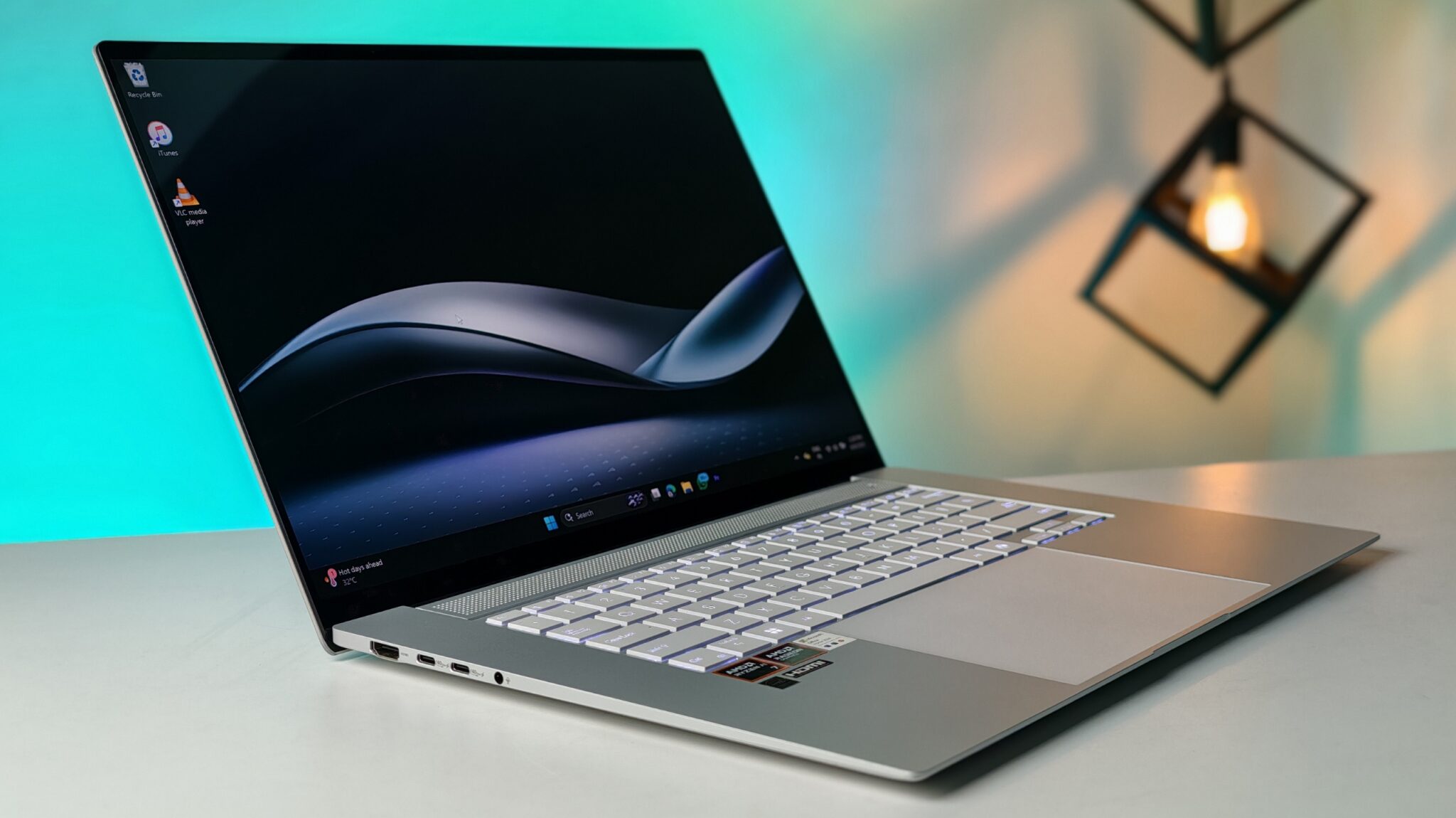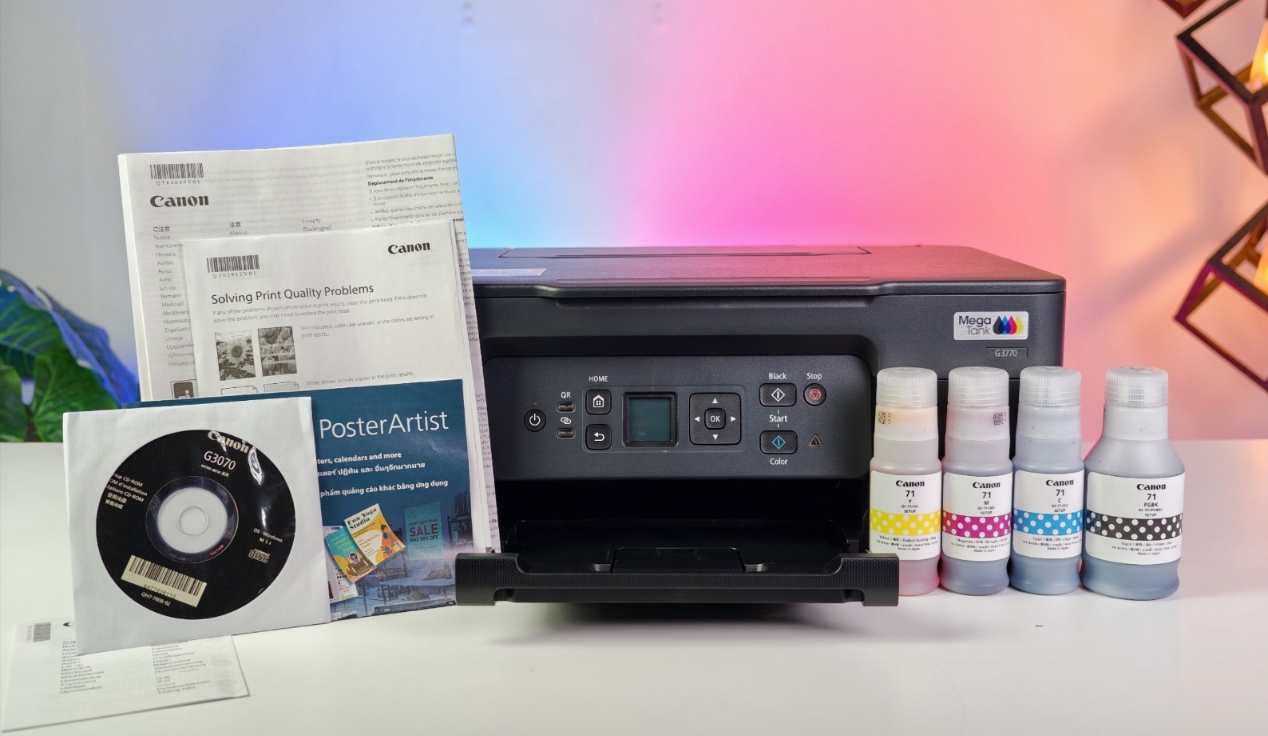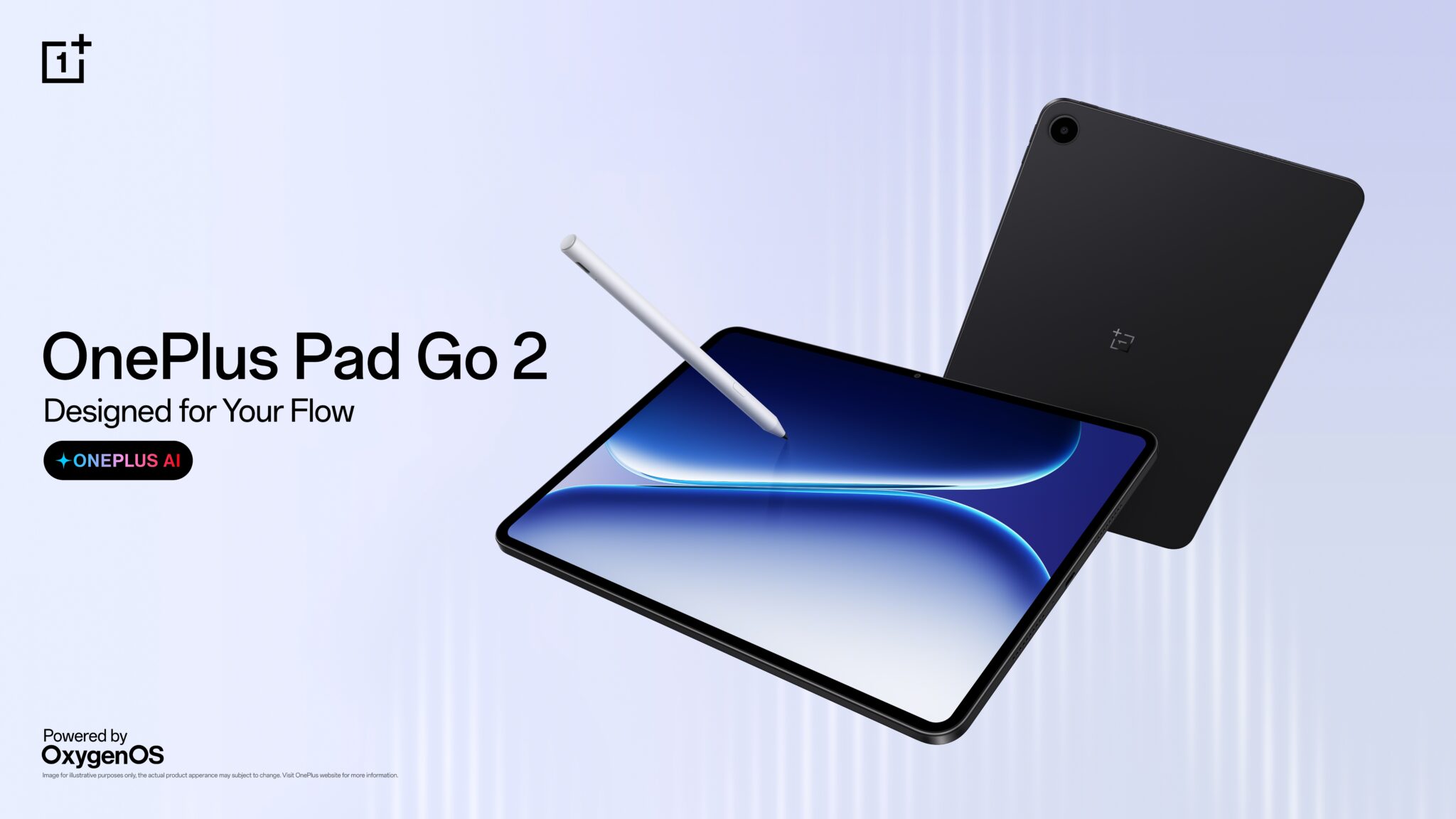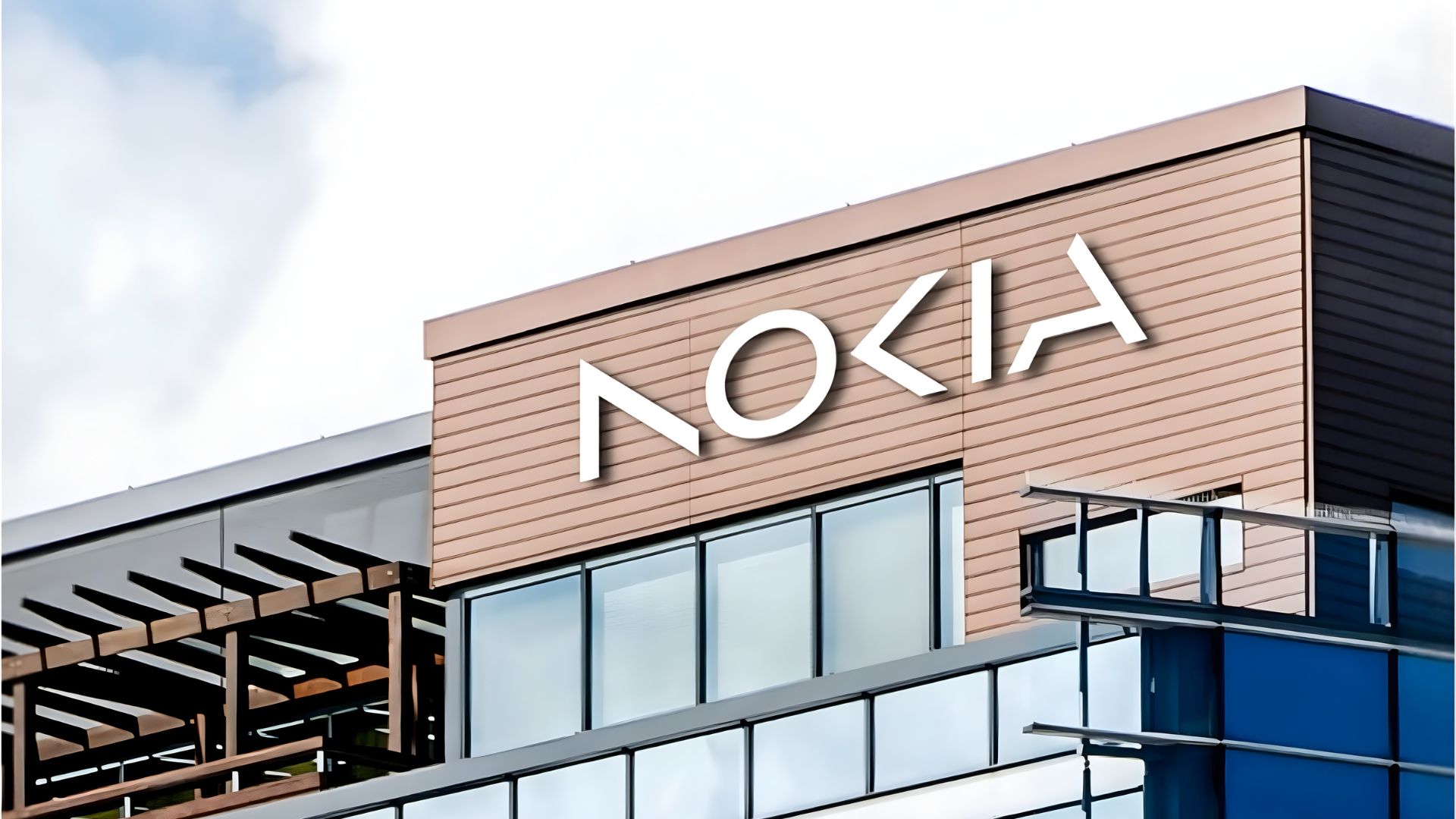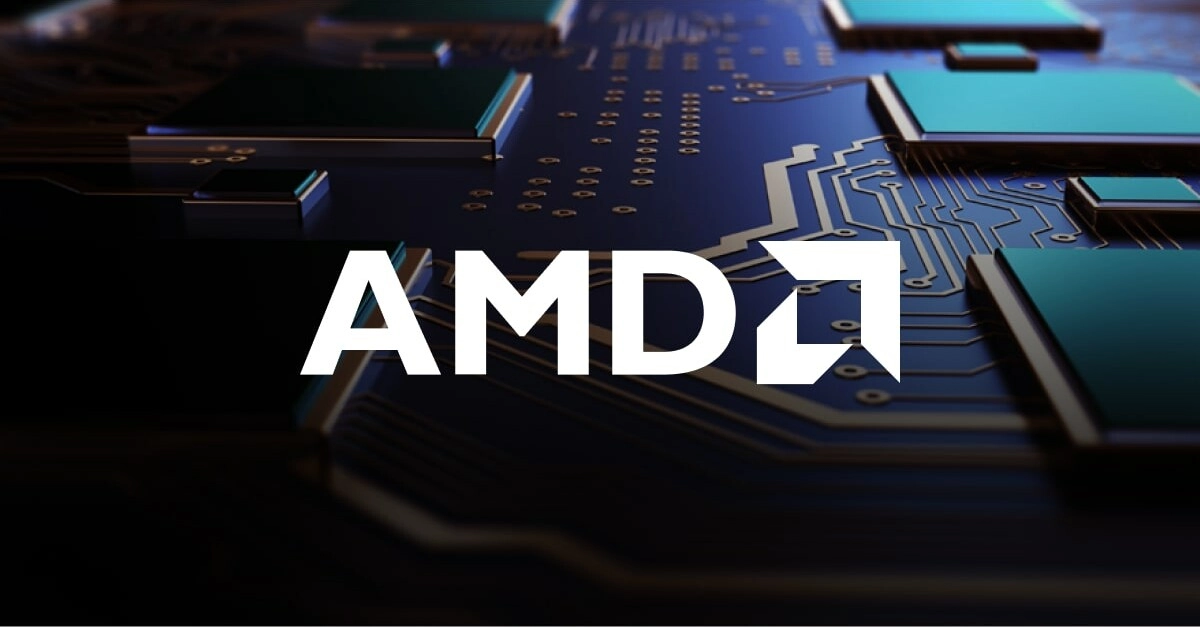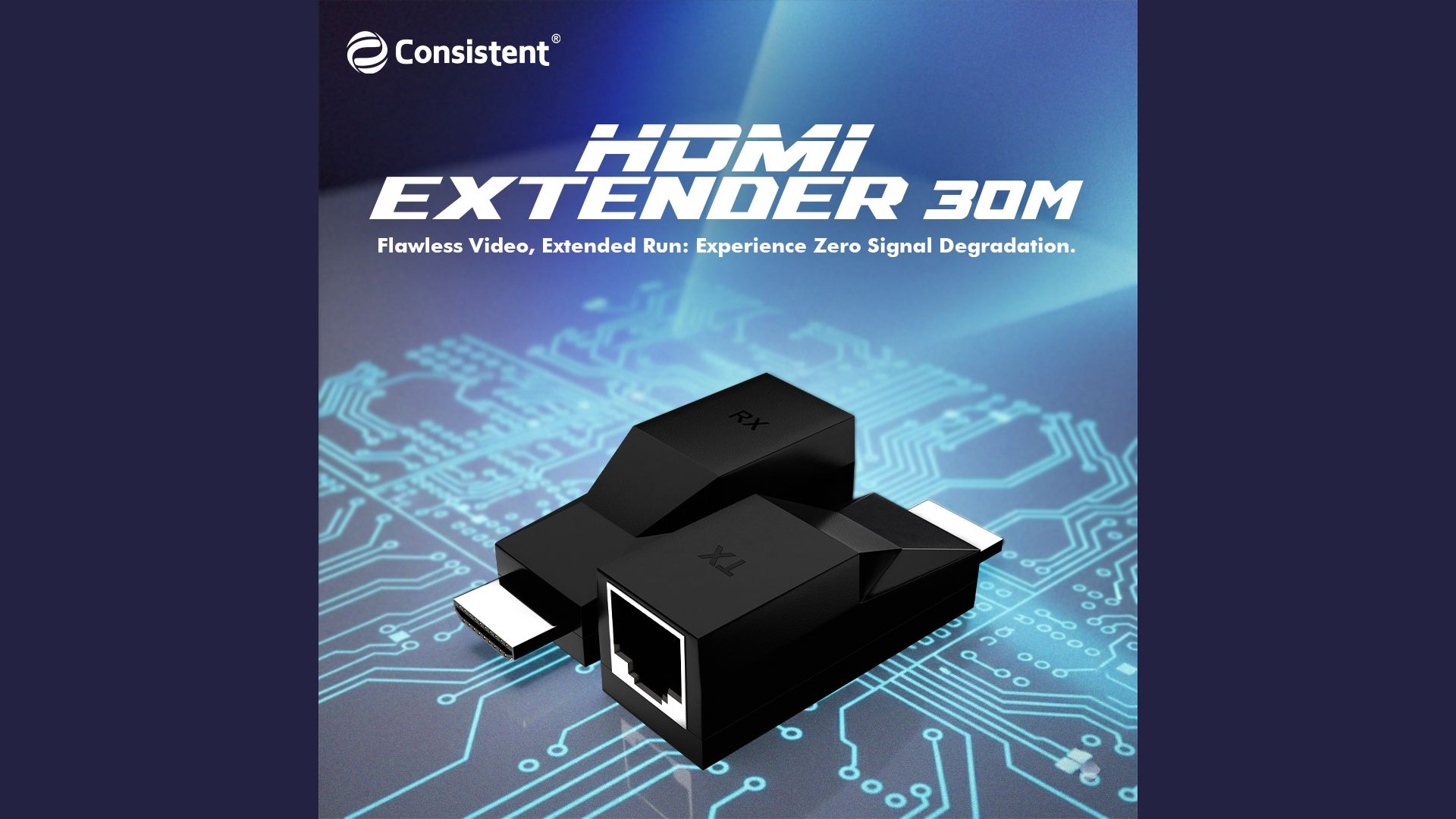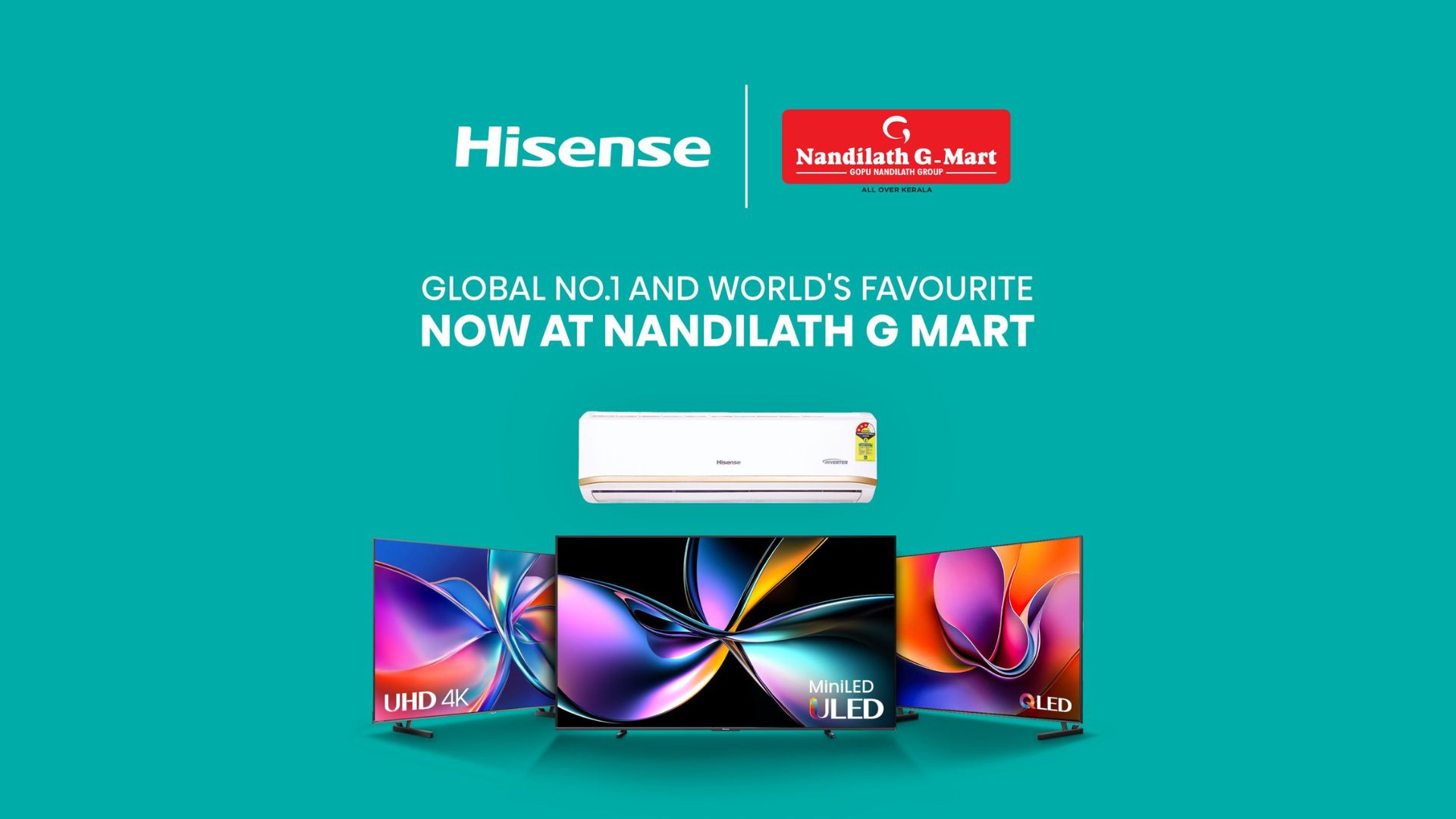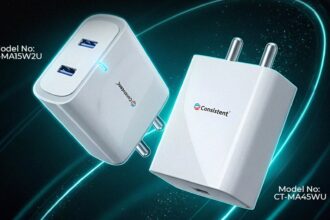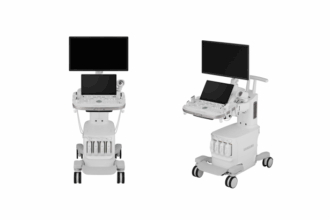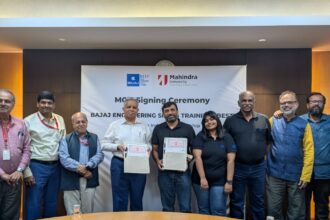LG Electronics (LG) has set its sights high. On July 8, at its LG Sciencepark in South Korea, the company laid out an ambitious plan: to become a global powerhouse in heating, ventilation, and air conditioning (HVAC) by the end of the decade. The goal? KRW 20 trillion in HVAC revenue by 2030.
To get there, LG is sharpening its focus on expanding its industrial and commercial B2B footprint—particularly in emerging segments like AI data center cooling—while also tailoring its offerings to meet regional demands. The strategy leans heavily on what LG calls its “3B strategy”—Build, Borrow, Buy—aimed at enhancing its internal capabilities, forging key partnerships, and making strategic acquisitions to broaden its global reach.
Key Takeaways:
- LG targets KRW 20 trillion in HVAC revenue by 2030.
- Focus areas include industrial/commercial B2B, especially AI data center cooling.
- Strategic acquisitions are on the table to diversify and strengthen the business.
- Non-hardware revenue is projected to double, from 10% to 20%.
- Regional expansion continues, with new operations in India and the Global South.
Boosting Industrial B2B Sales with AI Data Center Cooling
One of LG’s biggest bets is on AI data center cooling—a fast-growing segment as demand for server infrastructure climbs. The global chiller market alone is projected to reach USD 12 billion by 2027, and LG is targeting KRW 1 trillion (around USD 720 million) in chiller sales within just two years. That’s not a small wager.
To get there, LG is offering a variety of cooling technologies designed specifically for data centers: liquid cooling systems that use coolant distribution units to directly cool server chips, chiller-based air cooling, and HVAC systems compatible with direct current power setups.
Interestingly, LG expects orders for its data center cooling solutions to more than triple in 2025 compared to the previous year. That’s a big jump—suggesting confidence in the demand trajectory.
To support this, LG recently opened the LG AI Data Center HVAC Solution Lab at its Pyeongtaek chiller plant. This facility simulates high-performance AI server environments, allowing LG to fine-tune its cooling tech. In fact, they’ve already begun pilot testing their liquid cooling systems with LG U+, one of South Korea’s major telecommunications players. It’s an early but promising step.
Strategic Acquisitions and Localization Efforts
On the acquisitions front, LG isn’t just expanding for the sake of scale—it’s targeting specific knowledge gaps and regional strengths. A recent example: the purchase of OSO, a Norway-based company known for its water heating solutions. That move strengthens LG’s position in the European heating market, which has very different demands than, say, Southeast Asia or the Middle East.
Following its 3B roadmap, LG is also investing internally through its Air Solution Lab and HVAC Academy. The idea is to “build” new capabilities, “borrow” innovation through R&D partnerships with universities and institutions, and “buy” when strategic fits appear.
In the field, LG continues to win major commercial HVAC projects—think logistics hubs, retail complexes, and big infrastructure builds. Recent highlights include the Multi V i™ system installed at a logistics center in Tuas, Singapore, and a massive deployment of 28,000 RT of chillers for The Avenues-Riyadh in Saudi Arabia. These aren’t just technical wins—they reflect LG’s ability to localize and adapt solutions to meet specific, often complex, regional needs.
Another key focus: shifting more revenue toward services and software. LG wants to grow its non-hardware business from 10% to 20%, led by tools like BECON—an AI-powered platform that monitors and optimizes building energy usage in real time. They’re also close to launching a digital twin system for data centers, which would simulate server heat generation and automatically adjust HVAC settings. It’s a bit technical, yes, but also a game-changer in terms of efficiency.
Strengthening Global Presence
While LG continues to hold strong in North America and Europe, it’s putting renewed emphasis on the Global South—where demand is rising and the competitive landscape is shifting fast.
India is a key focus. LG plans to launch a new product development organization there this year, alongside a brand-new production line at its Sri City facility. Scheduled to open in 2026, this new line will manufacture up to 1.5 million air conditioning units annually. That’s a serious scale-up, clearly aimed at tapping regional demand with localized products.
To support this expansion, LG is also investing in talent. Its HVAC Academies—training hubs for engineers, sales teams, and service staff—are now spread across 65 locations in 43 countries. The plan is to increase that number to 70 by the end of 2025. These academies not only provide technical training, but also serve as anchor points for regional growth.
As James Lee, president of LG’s Electronics Solutions Company, put it: “HVAC demand is rising with the growing number of data centers worldwide. Leveraging decades of experience and core technological excellence, LG is set to become a leading HVAC solution provider in the AI era.”
FAQs
Q1: What is LG’s primary goal for its HVAC business by 2030?
A1: LG is aiming to hit KRW 20 trillion in HVAC revenue and establish itself as a global leader in HVAC technologies.
Q2: How does LG plan to grow its B2B revenue?
A2: Through industrial and commercial sales expansion, especially in fast-growing areas like AI data center cooling.
Q3: What is the “3B strategy” mentioned by LG?
A3: “Build, Borrow, Buy”—a multi-pronged approach involving internal capability development, strategic partnerships, and acquisitions.
Q4: What types of data center cooling solutions does LG offer?
A4: These include liquid cooling systems with coolant distribution, chiller-based air cooling, and HVAC compatible with direct current environments.
Q5: What is LG’s presence in India regarding its HVAC business?
A5: LG is launching a product development organization and building a new production line at its Sri City plant, expected to produce 1.5 million units annually by 2026.


